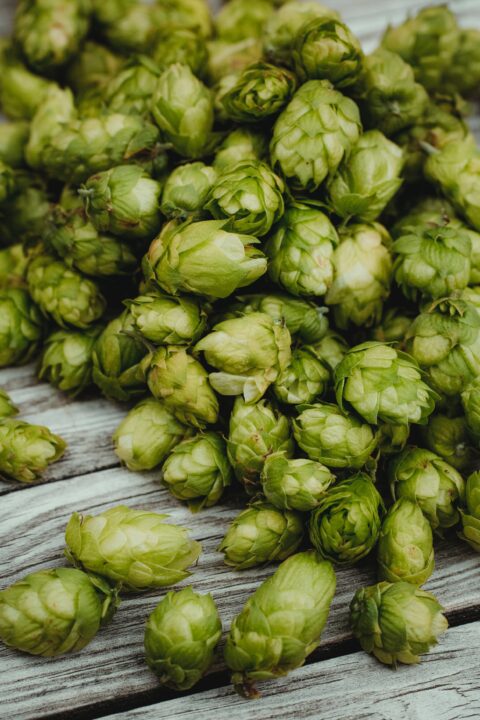Dreaded Spotted Lanternfly Found in Finger Lakes
In an alert to New York grape growers, Hans Walter-Peterson, Viticulture Extension Specialist with Cornell Cooperative Extension’s Finger Lakes Grape Program (FLGP), noted that the spotted lanternfly has been found in the Finger Lakes.
“It was always a matter of ‘when’ they would get here rather than ‘if’, given the [spotted lanternfly] infestation not too far away in southeast PA. Apparently “when” has arrived,” he wrote.
A news release from the New York State Departments of Environmental Conservation (DEC) and Agriculture and Markets (DAM) confirmed that spotted lanternfly (SLF), an invasive pest from Asia, has been found in Albany and Yates counties. A single adult insect was reported on a private Keuka Lake property in Penn Yan, NY, in Yates County. In addition, a single adult insect was discovered in a vehicle in the Capital District in Albany, NY. This comes after a single, dead SLF was found in Delaware County in 2017 on an interstate shipment.
“Knowing that this pest was likely to arrive, we have been working with our state partner agencies to develop integrated strategies to get the word out and manage SLF in grapes, hops, apples, and other susceptible crops. It’s imperative that the public help slow the invasion and spread by reporting possible sightings and acting responsibly when traveling in quarantine areas,” Jennifer Grant, Ph.D., Cornell University Director New York State IPMProgram, stated.
Adult SLF are active from July to December. They are approximately one-inch long and half an inch wide at rest, with eye-catching wings. Adults begin laying eggs in October. Growers are encouraged to scout for egg masses, which can be found on many surfaces including vehicles, stone, rusty metal, outdoor furniture, and firewood.
Signs of an SLF infestation may include:
- Sap oozing or weeping from open wounds on tree trunks, which appear wet and give off fermented odors.
- One-inch-long egg masses that are brownish-gray, waxy and mud-like when Old egg masses are brown and scaly.
- Massive honeydew build-up under plants, sometimes with black sooty mold
“We’re still very early in the follow-up process, but [DAM] inspectors are working to scout the area where the initial individual was found,” Walter-Peterson writes. “The FLGP will be providing whatever information and assistance we can to them as we try to assess how much of a presence of SLF there is in the area so far.”
Growers can report potential sightings to [email protected]. Also, Smartphone application is also available quickly and easily report new invasive species sightings directly to New York’s invasive species database from their phones at http://www.nyimapinvasives.org/.










